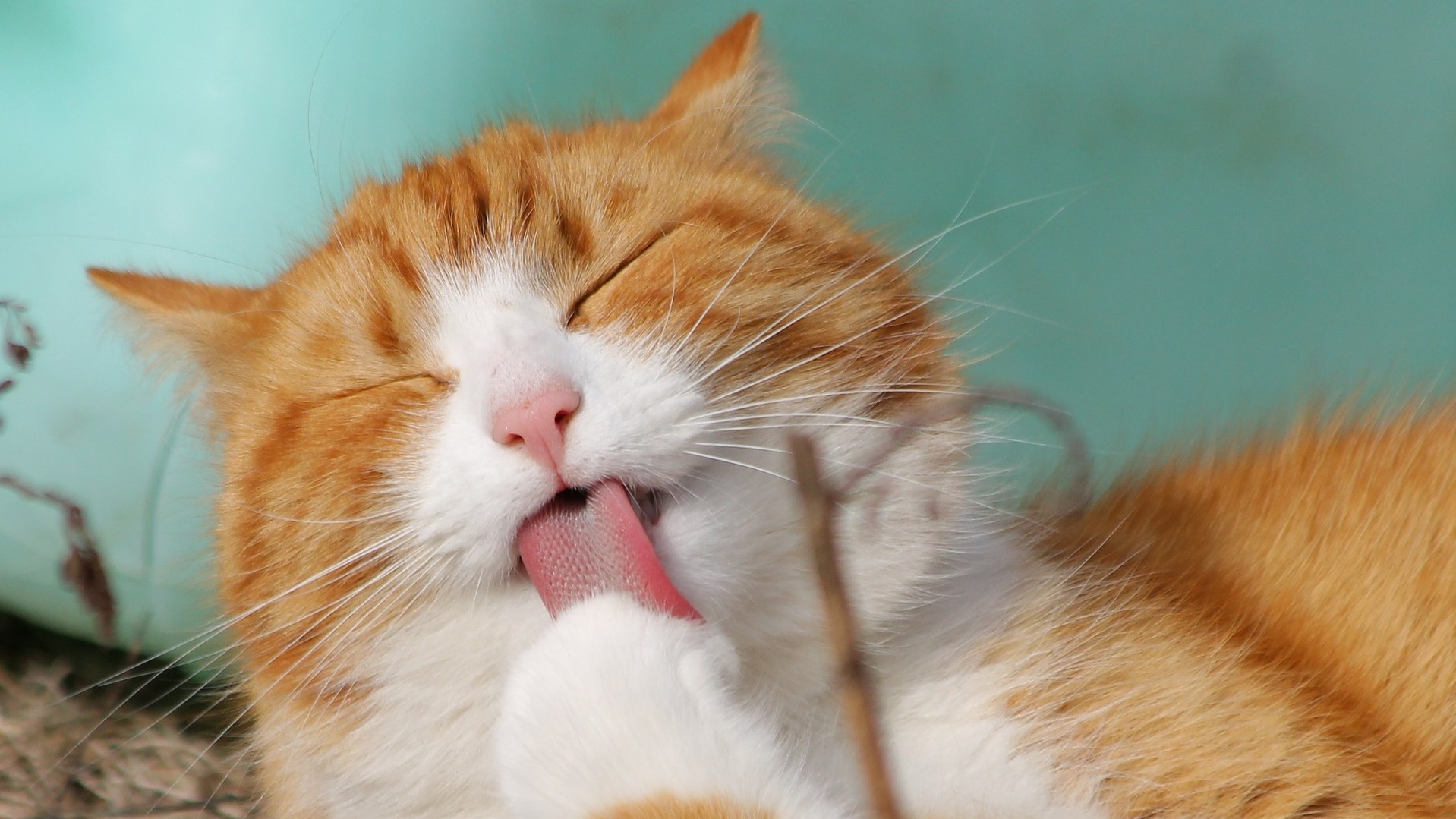There are many preconceived notions associated with feline diet plans, owing to the lack of exposure and education on that subject. Sometimes the pet owners are overly concerned about designing the perfect diet for their cats that they fail to take the opinions of veterinary doctors when needed the most.
By just following the general beliefs and going by assumptions will only risk the cats’ health, which might even cost their lives sometimes. It has led to the origin and manifestation of several myths about cats’ food over the period.
Here are 10 of the myths which are commonly associated with cats’ diet.
Table of Contents
Myth 1: Dry Foods Alone Are Sufficient
As the name suggests, commercial dry foods are very much dry because of the absence of water content in them. A diet plan consisting of just dry foods might deprive the cats of their required hydration, and it will call for severe outcomes such as urinary tract infections, etc.
On the other hand, commercial wet foods are made up of at least 60-80% water. Hence dry foods are never just enough, an equal serving of wet food or adequate amounts of water has to be fed to the cats to avoid serious health issues.
Myth 2: Cats Enjoy Milk
One of the very common presumptions is that cats enjoy drinking milk and that it is normal to include milk or any dairy product in a feline diet plan.
But what most pet owners are not aware of is that most cats are lactose intolerant and can barely consume milk without facing vomiting, diarrhoea, stomach ache, nausea, etc.
Myth 3: Vegan or Vegetarian Diet is a Healthy Lifestyle for Cats
To simply put, cats are obligate carnivores that are solely dependent on animal meat whether in the case of proteins, vitamins, or nutrients.
The greens and vegan food can’t cater to their needs, as cats’ bodies are not designed in the way they could fully digest vegetables. It is because of this reason cats don’t need vegetables to lead a healthy lifestyle, as the protein-rich meat will fulfil the purpose.
Myth 4: Free Feeding Will Reduce Hunger
Free feeding often promotes overeating in cats, or ‘biting off more than one can chew’ in the literal sense. As not all cats can have self-control and not give in to the temptation of snacking after meals. The gaining of extra pounds of weight as a result of this will only lead to a chain of health concerns such as diabetes, arthritis, and sometimes even respiratory and heart problems.
The pet owners must always be careful about what they are feeding their cats and at the same time be conscious of how much or how often they are feeding.
Myth 5: Canned Foods Make Cats Gain Weight
Canned foods consist mainly of moisture which accounts for about 60% of the food. But in the case of dry foods, it is mostly carbohydrates, they contain more calories. And when consumed in large proportion it plays a huge role in cats becoming overweight. Canned foods are better used for making cats lose weight because of the fewer calories present in them.
Myth 6: Raw Food Diet is a Better Choice
Raw food diet, in specific raw fish and raw eggs, has higher chances of containing bacteria and parasites, which contaminates the food and causes serious health issues to the cats. The chances of bacteria spreading from the pets to the pet owners are also high, making it unsafe for both parties. Some of the consequences that cats will be facing are gastrointestinal damage – Irritable bowel, constipation; blockage of intestines, etc. Most vets recommend not feeding raw meat, or at least refraining from feeding in large quantities, for both cats and dogs as they are more likely to get ill from the pathogens present in them.
However, you can boil raw meat or feed raw meat after freezing them for about 24 hours to reduce the risk of diseases. Boiling is certainly the safest way to go!
Myth 7: Feeding Table Scraps is Normal
Veterinary doctors always warn against feeding the table scraps to cats as it may land the cat owners in soup! Cats are allergic to many ingredients that are often used in kitchens, such as dairy products, caffeine, chocolates, etc. The meats consumed by people can’t be fed to cats without trimming the fat from the meats that will result in serious health issues.
It is also better to be conscious of what food is being left out on the tables, as the cats will never know when to stop themselves. Hence it is always better to abstain from feeding table scraps and instead prepare separate meals or snacks for the cats.
Myth 8: Dry Foods Promote Better Dental Health
Many pet owners believe that by feeding dry food regularly formation of plaques and tartars on the teeth can be avoided. This is nothing but a myth! When cats consume food, be it wet food or dry food, there will be some residues of the food that gets stuck between the teeth. And if it starts getting accumulated then it will develop into tartars/ plaques and eventually cause serious dental issues. Hence dry foods don’t promote dental health in any way.
Myth 9: Mixing a Cat Food Diet is Risky
Cats are carnivorous predators, and they get their meat by hunting or scavenging when left in the wild. Their choice of prey usually varies from rats to birds and every other small animal. When they can sustain a wide variety of prey in the wilderness, they can also handle a balanced variety of foods.
A varied diet can consist of both processed cat food and home-cooked meals that will ensure the cats’ diet plan is enriched with the right amount of all sorts of nutrients and vitamins. Hence mixing cat foods is never too risky for their health or digestion, it proves to be more beneficial.
Myth 10: Homemade Food is Much Healthier than Tinned Foods
This thought is fueled by the assumption of tinned food being unhealthier because of the presence of harmful preservatives and bacteria. But tinned foods usually go through quality-control checks that make them safe for consumption. Canned cat foods are, in fact, particularly formulated for cats. Hence canned food is in no way less healthy than homemade food.
Conclusion
Sometimes, we need a reminder that our cats are not the same as us. Similarly, domestic cats are also not the same as wild cats. Make yourself aware of the right cat feeding habits for a ‘purfectly’ healthy buddy!
Did we bust any myth that you thought was a fact in this article?







